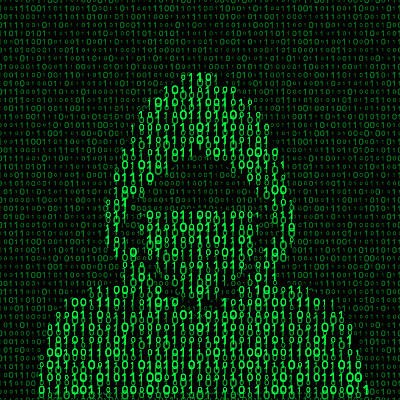2017 wasn’t so long ago, but one year is a long time in terms of cybersecurity developments. Anytime the Internet is involved, it’s important to remember that threats have access to the collective minds of every hacker on the planet, meaning that developments can happen rapidly and without much warning. We’ll take a look at how cybersecurity has changed since 2017, including some notable information about how organizations are protecting themselves today.
k_Street Consulting, LLC Blog
In 2016 former President of the United States Barack Obama passed the Cybersecurity National Action Plan that implemented near-term action and developed a longer-term strategy of bringing awareness and protections to public computing systems connected to the Internet. The strategy is to make an immediate effort to empower citizens to protect their own privacy, while also maintaining public safety and national and economic security, as many of the most critical systems this nation utilizes are networked on the web.
Do you know what a botnet is and how it works? It’s basically a network of infected computers that can be used to perform Distributed Denial of Service attacks, overloading target networks and forcing them to endure downtime. They can also be used to distribute malware and other threats. What’s worse than this, you ask? Hackers can purchase botnets on the black market to use against their targets, but a new type of botnet strain is changing the way this works.
Pop culture gives us an impression of what cyber investigations look like. Official-looking people, in impeccable suits, typing away at terminals and analyzing the data scrolling past them on their heads-up displays. In reality, computer forensics (as they are actually called) are a little less dramatic, and much more serious. For today’s tech term, we’ll dig into the field of computer forensics.
The business world has been presented a lot of threats recently, and perhaps one of the most notable is ransomware. The reason it has become so notorious is because it’s incredibly difficult to remove from a system; and, the way that it spreads is constantly changing and adapting to further its influence. How can your business prepare against such a volatile threat? It all starts by remaining mindful of how ransomware spreads.
As a technology-using business owner, it’s your responsibility to take the security of your organization’s data seriously. This entails knowing the finer details of the many security threats that are out and about on the Internet. Here is a list that includes many of the major threats that you’ll want to keep a lookout for in the business world, and what you can do to stop them.
It’s clear that security professionals have waged war with hackers since the Internet’s inception, but NATO has reaffirmed that cybersecurity is not just a localized problem; it’s a nation-state-wide issue, and one that needs to be addressed. Just like land, air, and sea, cyberspace is now an operational domain, a place that can be considered a battlefield.
 Modern ransomware is exceptionally dangerous, even by malware standards. Ransomware is capable of locking down important files on a victim’s computer, displaying a massive threat to both business professionals and their networks, as well as the average PC user. While other types of ransomware like CryptoLocker and CryptoWall are somewhat manageable, a new variant called CryptoJoker makes it borderline impossible to recover your files.
Modern ransomware is exceptionally dangerous, even by malware standards. Ransomware is capable of locking down important files on a victim’s computer, displaying a massive threat to both business professionals and their networks, as well as the average PC user. While other types of ransomware like CryptoLocker and CryptoWall are somewhat manageable, a new variant called CryptoJoker makes it borderline impossible to recover your files.
 It’s a well-known fact that cybersecurity is a major pain point for all businesses, but some organizations spend vastly more money on it than others. Considering how the Internet is full of threats that are waiting to attack at any given moment, it’s not surprising that some organizations invest heavily in their security. Large businesses with over 1,000 employees spend around $15 million annually on security, so you need to make sure that your business is also spending the appropriate sum on network security.
It’s a well-known fact that cybersecurity is a major pain point for all businesses, but some organizations spend vastly more money on it than others. Considering how the Internet is full of threats that are waiting to attack at any given moment, it’s not surprising that some organizations invest heavily in their security. Large businesses with over 1,000 employees spend around $15 million annually on security, so you need to make sure that your business is also spending the appropriate sum on network security.
 We’re so busy worrying about hackers that we rarely think about how they acquire the tools they need to steal you out of house and home. One reason that the surge of hacking activity has skyrocketed over the past few years is because hacking tools have become more readily available, through an illegal black market known as the Darknet.
We’re so busy worrying about hackers that we rarely think about how they acquire the tools they need to steal you out of house and home. One reason that the surge of hacking activity has skyrocketed over the past few years is because hacking tools have become more readily available, through an illegal black market known as the Darknet.












